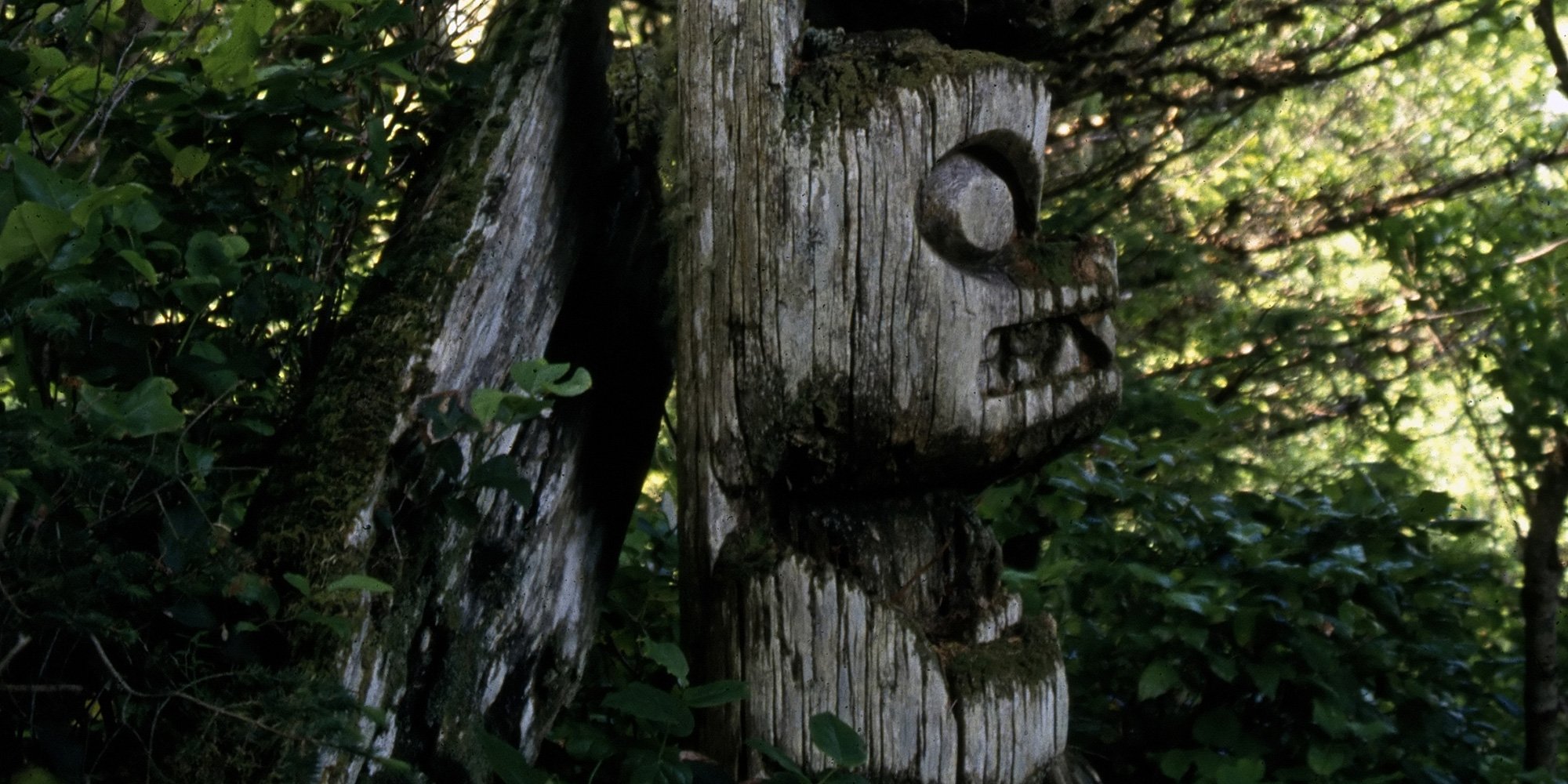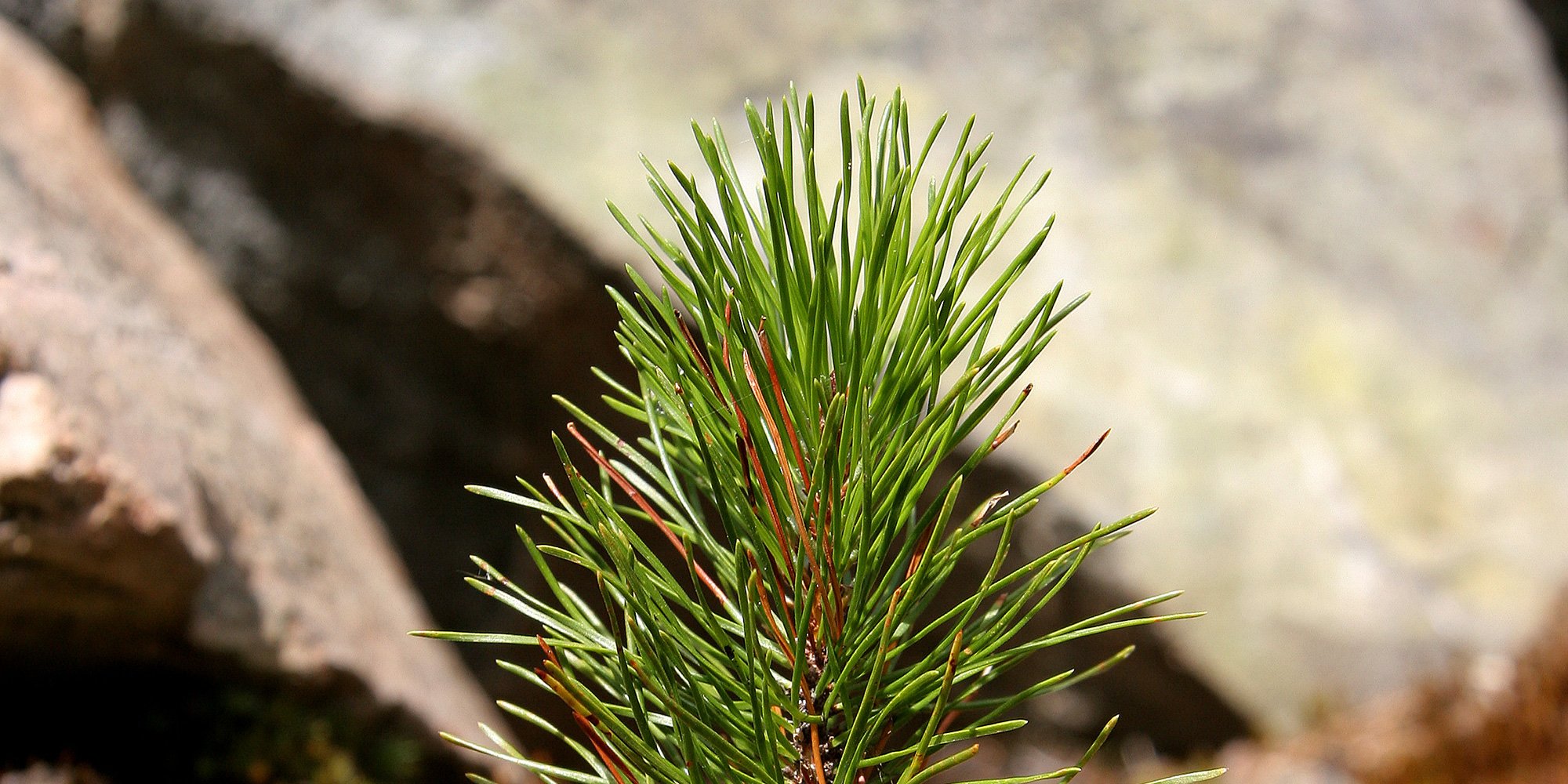9 Indigenous Relations Best Practice Must Dos
What constitutes Indigenous relations best practices? Here are a few suggestions for consideration.

"cultural heritage resource" means an object, a site or the location of a traditional societal practice that is of historical, cultural or archaeological significance to British Columbia, a community or an aboriginal people; [1]
When BC led the country by passing the Declaration on the Rights of Indigenous Peoples Act in 2019, it signed on to align its laws with the United Nations Declaration on the Rights of Indigenous Peoples. One of the laws in need of alignment deals with protecting and conserving heritage property.
4.35 Work with First Nations to reform the Heritage Conservation Act to align with the UN Declaration, including shared decision-making and the protection of First Nations cultural, spiritual, and heritage sites and objects. [2]
With over 60,000 registered, protected heritage sites in the province, of which over 90% are of First Nations origin, the conservation of registered sites and yet-to-be-registered sites was identified as a priority. In November 2021, the first of the three-phase Heritage Conservation Act Transformation Project (HCATP) was launched with the goal of producing effective legislation by 2024. Here’s the timeline:
Generally speaking, municipalities/local governments and resource developers/contractors are the sectors most likely to encounter a cultural heritage resource. We’ve assembled some tips for both sectors to consider:
Here are some courses we offer to help you with your relationship-building process, consultation and understanding of the UN Declaration on the Rights of Indigenous Peoples:
When it comes to preserving historic, culturally sensitive sites, we only have one chance. Once the area is disturbed, it’s too late. There’s no undoing the damage.
[1] The Forest Act (RSBC 1996), Section 001 — Definitions and interpretation
[2] Declaration on the Rights of Indigenous Peoples Act
[3] Heritage Conservation Act Transformation Project
Featured photo: Shutterstock

What constitutes Indigenous relations best practices? Here are a few suggestions for consideration.

Indigenous peoples have the right to maintain and strengthen their distinctive spiritual relationship with their traditionally owned or otherwise...

When we prepare an article for our blog, Working Effectively with Indigenous Peoples®, we put considerable thought into the title - how will it...